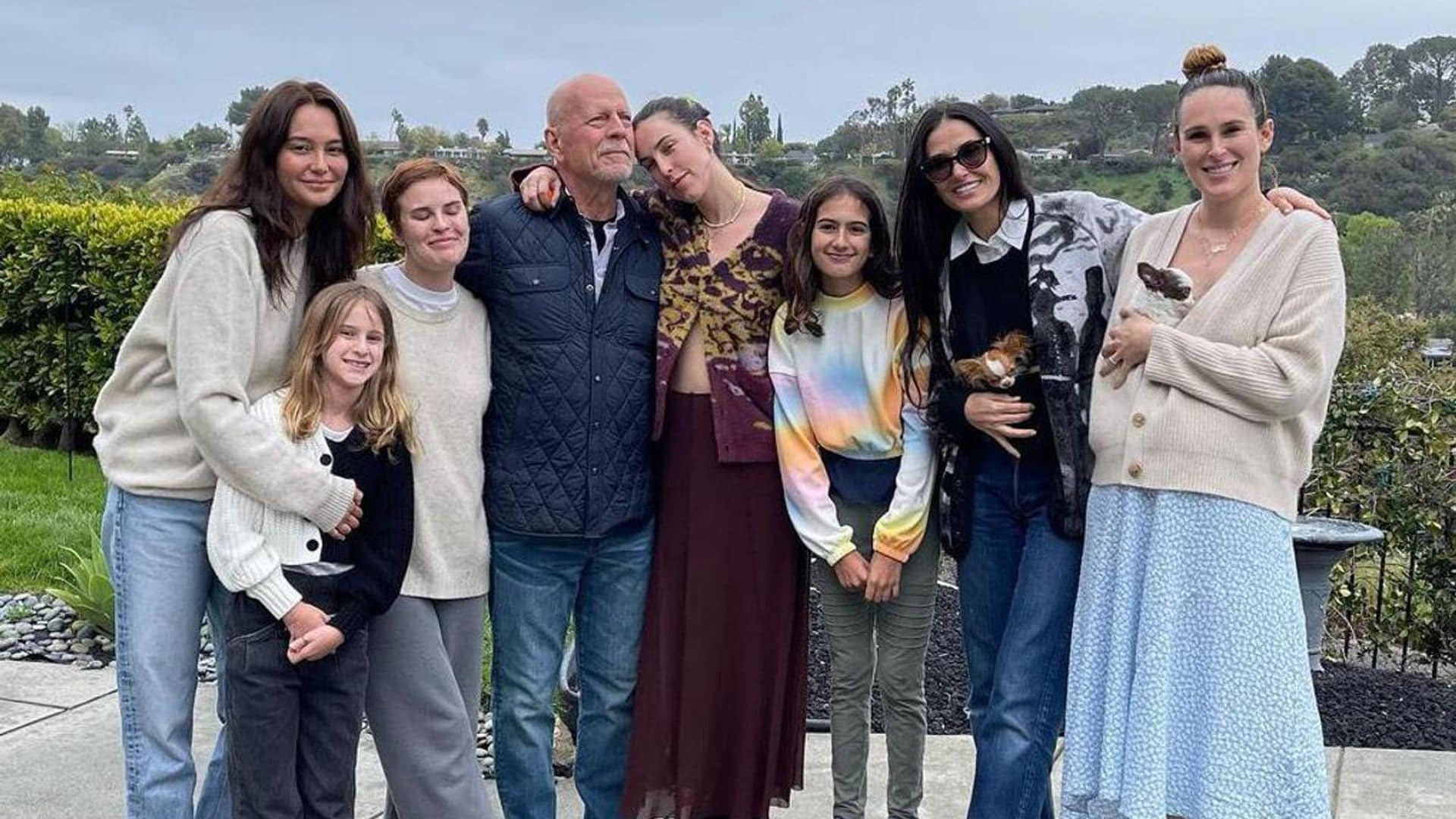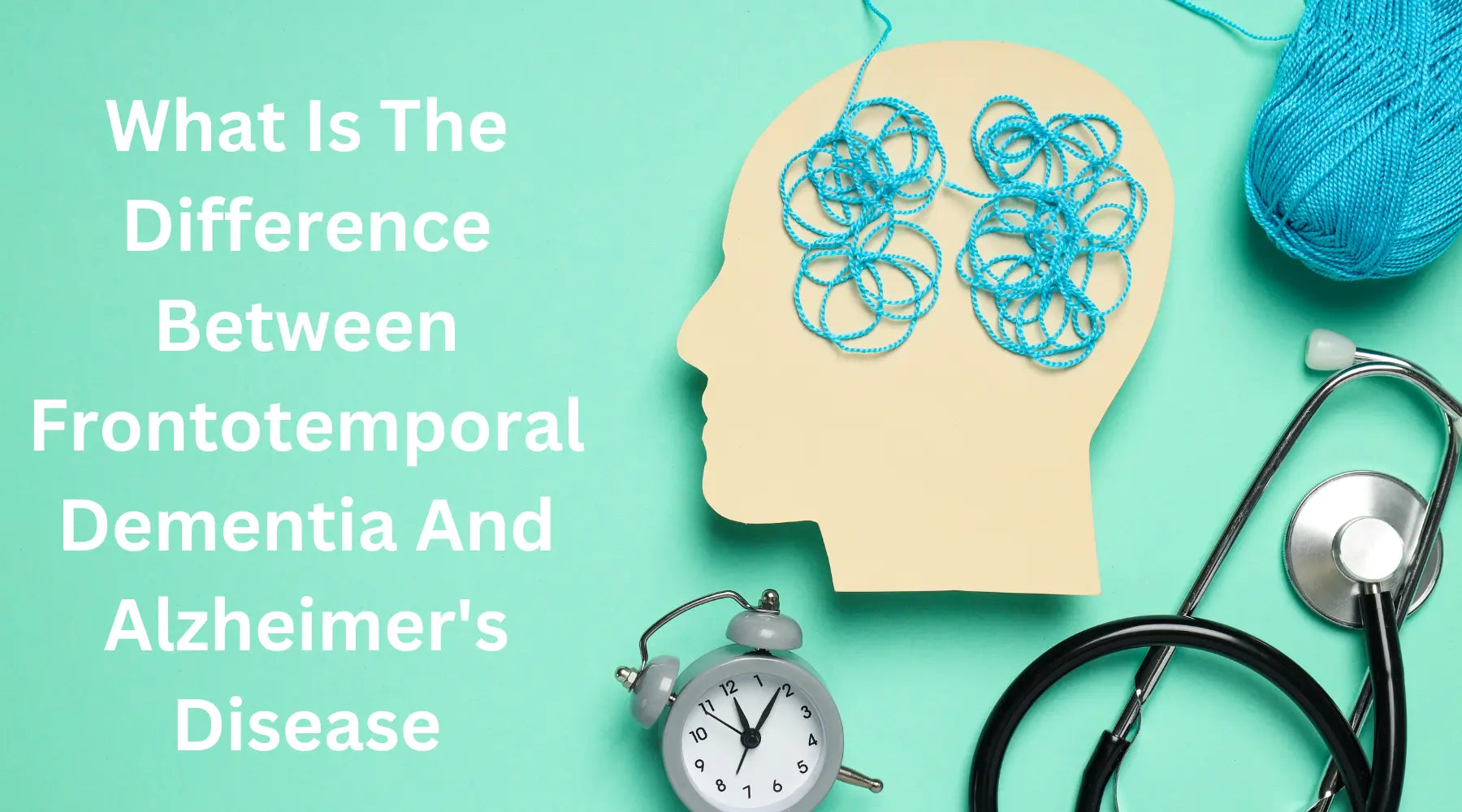
The journey of beloved actor Bruce Willis has brought a profound, yet often misunderstood, neurological condition into the global spotlight: frontotemporal dementia, or FTD. Since March 2022, the Willis family has been remarkably open, providing candid updates on the “Die Hard” star’s health, transforming a private struggle into a public conversation that offers invaluable lessons and awareness.
Initially, Bruce Willis stepped away from acting due to health issues, specifically a disorder called aphasia, which leads to difficulties writing and speaking. This announcement in March 2022 was the first glimpse into the challenges the family was navigating. A year later, in February 2023, the family confirmed that his condition had progressed, leading to a definitive diagnosis of frontotemporal dementia.

Frontotemporal dementia, often referred to as FTD, stands apart from other forms of dementia, such as Alzheimer’s disease. It is a degenerative condition that primarily affects communication and behavior, as opposed to memory. This distinction is crucial for understanding the unique challenges faced by individuals diagnosed with FTD and their families.
In an October 2024 interview with Town & Country, Bruce Willis’s wife, Emma Heming Willis, revealed the subtle beginnings of the changes in his health. She noticed shifts in his language, but initially attributed them to his childhood stutter. Bruce Willis had a severe stutter as a child, and in college, a theater teacher helped him learn to memorize and recite scripts without it, a breakthrough that ultimately paved his path to acting.

Heming Willis reflected on her initial assumptions, stating, “As his language started changing, it (seemed like it) was just a part of a stutter, it was just Bruce. Never in a million years would I think it would be a form of dementia for someone so young.” It was a heartbreaking realization that would take a few years for doctors to fully uncover the true underlying reason for these changes.
Emma further articulated the insidious nature of the disease, sharing, “I say that FTD whispers, it doesn’t shout. It’s hard for me to say, ‘This is where Bruce ended, and this is where his disease started to take over.’” This profound observation underscores the often gradual and deceptive onset of FTD symptoms, making early diagnosis particularly challenging for both families and medical professionals.
:max_bytes(150000):strip_icc()/GettyImages-999260964-00d6120bfd3c43de915e99d849ebbf76.jpg)
Tallulah Willis, Bruce’s youngest daughter with ex-wife Demi Moore, also shared her personal journey of recognizing the early signs in an essay for Vogue. She described her father’s early health changes as “a vague unresponsiveness,” which the family initially “chalked up to Hollywood hearing loss: ‘Speak up! Die Hard messed with Dad’s ears.’”
This unresponsiveness, however, broadened over time, and Tallulah candidly admitted to taking it personally at first. “He had had two babies with my stepmother, Emma Heming Willis, and I thought he’d lost interest in me,” she confessed. It was a deeply emotional moment at a wedding when the father of the bride gave a speech that brought the truth into sharp focus for Tallulah.

“Suddenly I realized that I would never get that moment, my dad speaking about me in adulthood at my wedding,” Tallulah recalled. The weight of this realization was immense, leading her to say, “It was devastating. I left the dinner table, stepped outside, and wept in the bushes.” This poignant anecdote highlights the profound emotional toll that FTD can exact on loved ones, often before a definitive diagnosis is even made.
Dr. Jagan Pillai, a neurologist at Cleveland Clinic’s Lou Ruvo Center for Brain Health, noted that FTD patients sometimes experience “difficulty expressing themselves, understanding what’s being spoken and figuring out the meaning of things sometimes.” This expert insight provides a clinical lens to the family’s deeply personal accounts, illustrating the tangible impact of the disease on daily communication.

Frontotemporal dementia is notably the most common type of dementia in people under 60, with symptoms typically starting around age 58 on average. Its onset tends to be earlier in life compared to other degenerative brain diseases like Alzheimer’s. This makes the diagnosis particularly challenging, as affected individuals are often still in their prime, managing careers and families.
Dr. Sami Barmada, director of Michigan Brain Bank and associate professor of neurology at University of Michigan Medicine, explained that unlike other forms of dementia where memory difficulties are paramount, FTD does not primarily manifest as memory problems. He stated, “Most people, when they think of the word dementia, they think problems with memory and Alzheimer’s disease, but FTD doesn’t really show up as problems with memory. … It affects how people behave, how they interact with others and how they speak.”

Indeed, the symptoms of FTD are diverse and can be difficult to recognize, particularly the behavioral ones, which can be mistaken for psychiatric diseases. Dr. Barmada highlighted this challenge, noting, “Very often you’ll hear people say they just started to act really weird, and they’re not the same person.” This often leads to delays in diagnosis, as the subtle changes are not immediately identified as neurological conditions.
Dr. Paul Barton Rosenberg, a professor of psychiatry and behavioral sciences at the Johns Hopkins School of Medicine, outlined two general subdiagnoses of FTD. One is a behavioral variant, where individuals can experience a significant change in their personality, often losing inhibitions and social graces. The other is primary progressive aphasia, where people struggle with finding words or expressing themselves.

Bruce Willis’s family statement explicitly mentioned that “challenges with communication are just one symptom of the disease Bruce faces,” indicating a complex presentation of his condition. Dr. Gregg Day, a neurologist at the Mayo Clinic, elaborated on the varied symptoms, explaining that they depend on which brain area—frontal or temporal lobe—is most affected by the buildup of proteins.
Beyond language and behavioral shifts, FTD can also manifest in abnormal motor functions, such as problems with balance, vision, or moving one side of the body. Other common symptoms include apathy or unwillingness to talk, changes in personality leading to increased depression, a lack of social skills, and even obsessive behaviors like compulsively shaving or collecting items. The complexity of these symptoms often makes FTD a diagnostic puzzle.




